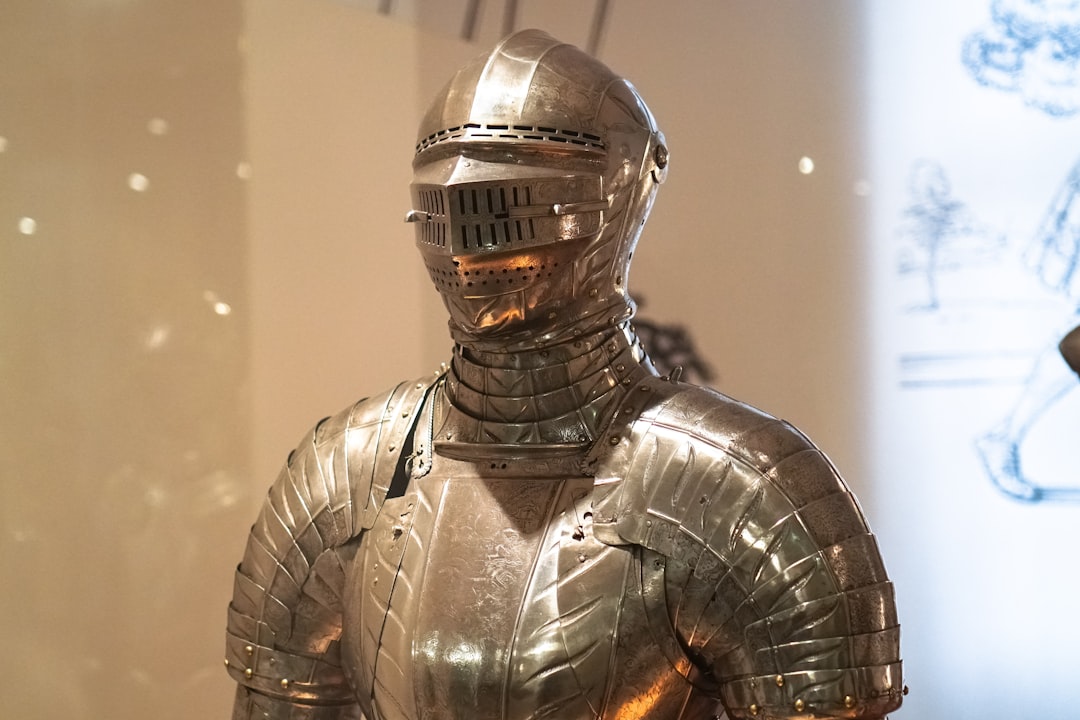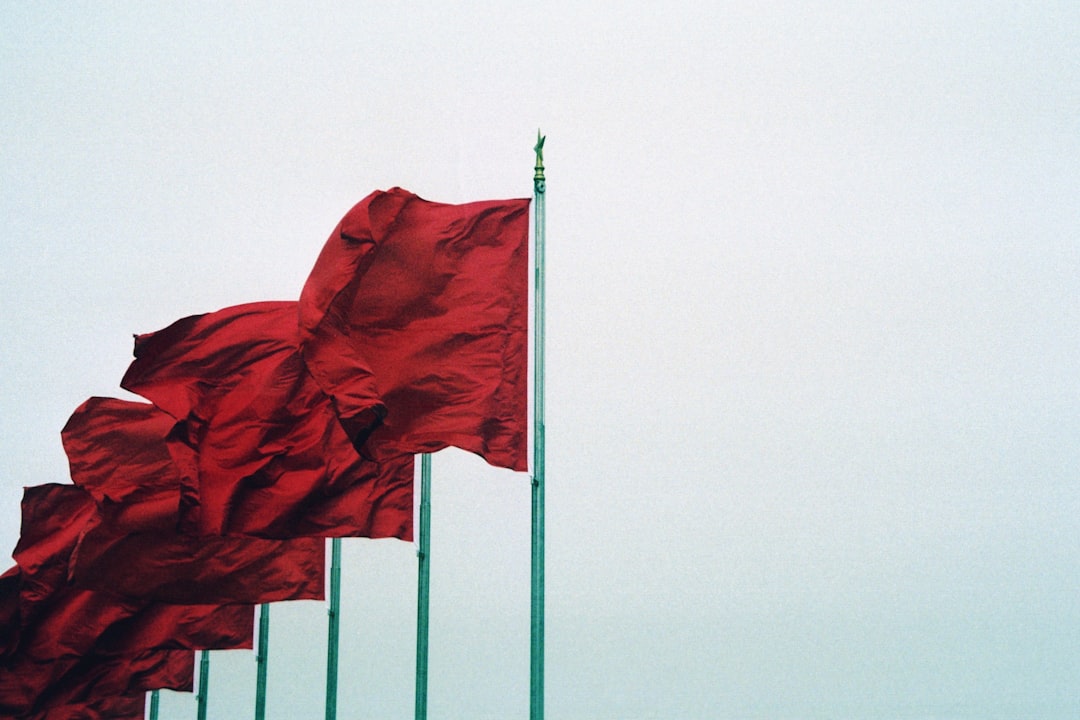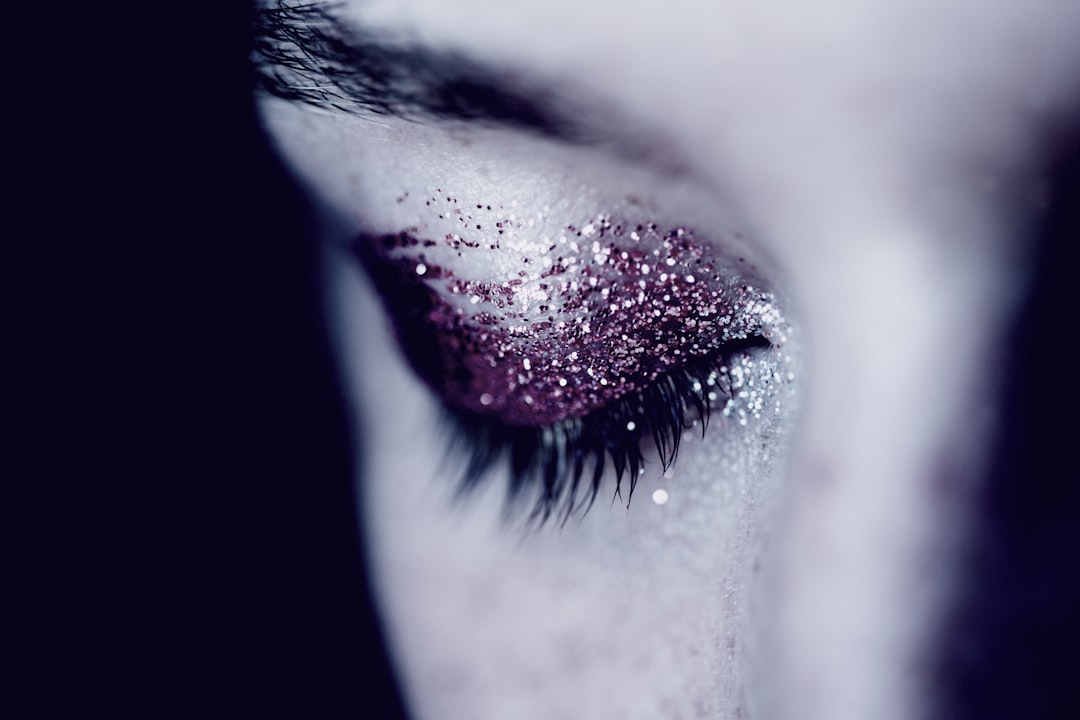What is it about?
Beset by financial troubles, Jacques Marles and his wife flee Paris to find safe harbour in a dilapidated rural Château in En rade (1887). At first glance, this country setting seems well-equipped with the stereotypical features of pastoral fantasy; however, this article explores how Huysmans uses implicit urban rhetoric and imagery to create a wry subversion of the natural idyll. The comforts of nature are denied to the male subject as the countryside is stripped of its promise of escapism. This article examines, first, Huysmans’s use of signifiers of urban unrest to turn nature’s exuberance into a corollary for human, revolutionary violence. Secondly, it focuses specifically on glass and glass-breaking at the hands of an aggressive Mother Nature, evoking memories of urban destruction and Parisian civil strife. The association of nature with violence culminates in the invasion of the Château and its looking-glasses by green, the colour of nature — forcing this distressing natural world between man and his own narcissistic reflection. Huysmans reveals that the natural world is no more an ally than the unruly urban masses, and confronts the reader with the inexorable violence of vegetation.
Featured Image
Read the Original
This page is a summary of: VertVersusVerre: Vegetal Violence in Huysmans'sEn Rade, French Studies, May 2015, Oxford University Press (OUP),
DOI: 10.1093/fs/knv073.
You can read the full text:
Contributors
The following have contributed to this page










